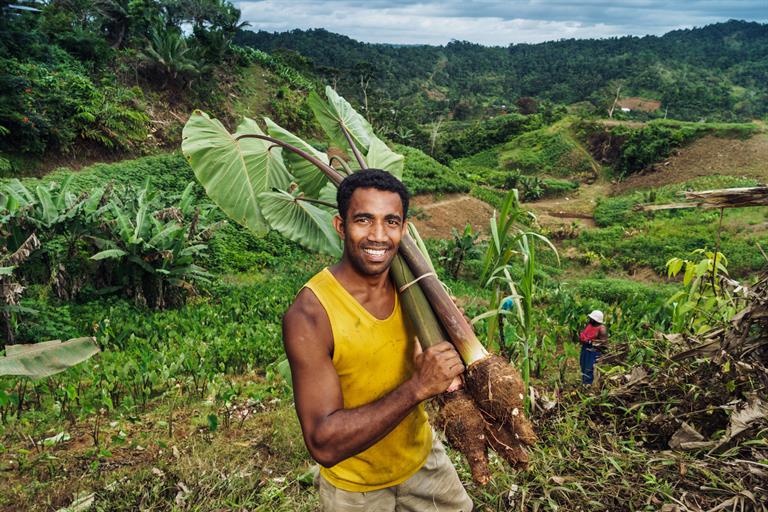What Percent of Un Funding Comes From the Us

How WHO is funded
WHO gets its funding from two main sources: Member States paying their assessed contributions (countries' membership dues), and voluntary contributions from Member States and other partners.
Assessed contributions (AC) are a percentage of a country's Gross Domestic Product (the percentage is agreed by the United Nations General Assembly). Member States approve them every two years at the World Health Assembly. They cover less than 20% of the total budget.
The remainder of WHO's financing is in the form of voluntary contributions (VC), largely from Member States as well as from other United Nations organizations, intergovernmental organizations, philanthropic foundations, the private sector, and other sources.
Assessed contributions
Assessed contributions are the dues countries pay in order to be a member of the Organization. The amount each Member State must pay is calculated relative to the country's wealth and population.
Assessed contributions have declined as an overall percentage of the Programme Budget and have, for several years, accounted for less than one quarter of the Organization's financing. The balance is mobilized through voluntary contributions.
However, assessed contributions remain a key source of financing for the Organization, providing a level of predictability, helping to minimize dependence on a narrow donor base, and allowing resources to be aligned to the Programme Budget.
Voluntary contributions
Voluntary contributions come from Member States (in addition to their assessed contribution) or from other partners. In recent years, voluntary contributions have accounted for more than three quarters of the Organization's financing.
Voluntary contributions (VC) are further categorized based on the degree of flexibility WHO has in deciding how to spend these funds:
Core voluntary contributions (CVC)
Core voluntary contributions are fully unconditional (flexible), meaning WHO has full discretion on how these funds should be used to fund the programmatic work of the Organization. These represent 3.9% of all voluntary contributions.WHO thanks all contributors to this account.
Contributors to the Core Voluntary Contributions Account 2018-2019
| Contributor | Funding received US$ million |
| United Kingdom of Great Britain and Northern Ireland | 64.7 |
| Sweden | 35.4 |
| Norway | 27.3 |
| Australia | 18.2 |
| Netherlands | 10.0 |
| Belgium | 8.0 |
| Denmark | 7.6 |
| Switzerland | 5.1 |
| Luxembourg | 3.6 |
| France | 0.9 |
| Estate of Mrs Edith Christina Ferguson | 0.3 |
| Spain | 0.2 |
| Estate of The Late Marjory Miller Thomson | 0.1 |
| Monaco | 0.1 |
Thematic and strategic engagement funds
Thematic and strategic engagement funds (partially flexible) aim to meet contributors' requirements for reporting and accountability while providing a certain degree of flexibility in their allocation. These funds provide more effective and efficient earmarked funding by helping to promote WHO's stronger focus on results, while delivering on our contributors' priorities. These represent 6% of all voluntary contributions.
Thanks to ourpioneers key "thematic funders"Germany, theEuropean Commission and Japan, WHO received US$ 190 million in thematic funds in 2019, up from 2018's US$ 137 million. These funds give a degree of flexibility that allows WHO to be more effective and efficient in allocating funds, to focus on results for our joint priorities.
Specified voluntary contributions
Specified voluntary contributions represent 90.1% of all voluntary contributions. They are tightly earmarked to specific programmatic areas and/or geographical locations and must be spent within a specified timeframe.
The importance of flexible funding
WHO is extremely grateful to all donors, particularly those who provide flexible funding and thematic and strategic engagement funds as it allows WHO to be agile and strategic in efforts to achieve the Triple Billion targets. Therefore,WHO is calling for an increase in flexible funding arrangements.
Flexible funding has enabled WHO, for example, to:
- Advance gender equity and human rights in health. Countries such as Nepal and Indonesia are successfully using tools developed with this funding.
- Catalyze progress in the fight against Non-communicable Diseases (NCDs), which received over 45% of its funding in the years 2018-2019 from flexible sources.
- Improve countries' health systems by integrating people-centred services and improving information and evidence-gathering, enabling many countries like Rwanda and the Solomon Islands to move closer to Universal Health Coverage (UHC).
WHO Foundation
The WHO Foundation is an independent grant-making foundation focused on addressing the most pressing global health challenges of today and tomorrow.
Headquartered in Geneva and legally independent from WHO, the Foundation works with individual donors, the general public and corporate partners to support global public health needs, ranging from prevention, mental health and noncommunicable diseases to emergency preparedness, outbreak response and health system strengthening.

More
What Percent of Un Funding Comes From the Us
Source: https://www.who.int/about/funding